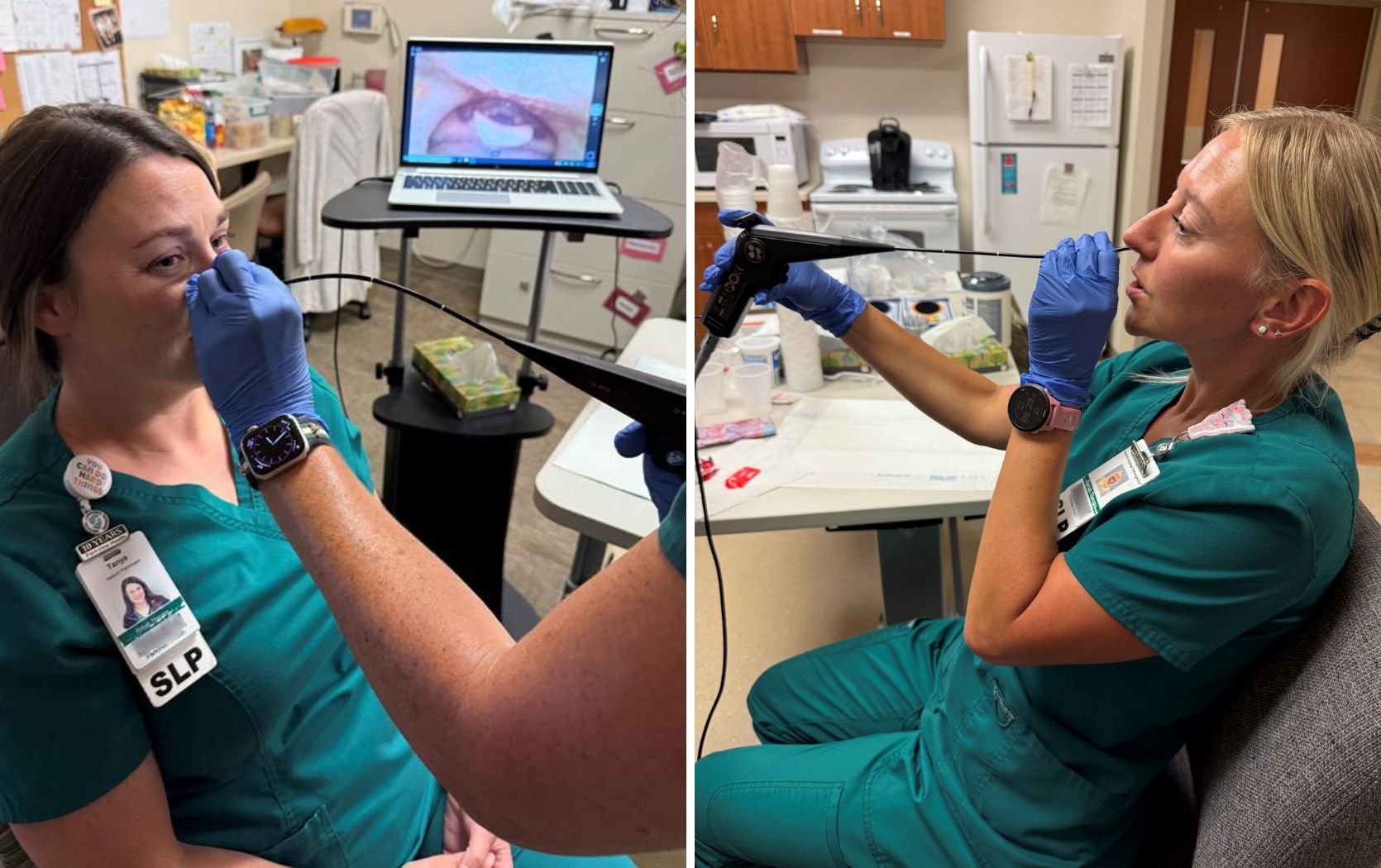
According to the Centers for Disease Control and Prevention (CDC), more than 795,000 people in the United States sustain a stroke yearly, and more than 3,000 live in Indiana. For this reason, prompt recognition and medical intervention are critical components of stroke care. Lisa Morgan, MSN, RN, CNRN, AGCNS-BC, clinical nurse specialist, Parkview Neurosciences, helps explain the differences between anterior and posterior stroke and why knowing the defining characteristics of their symptoms is essential.
A stroke occurs when the brain doesn’t get enough blood due to a blockage or a rupture. There are two different blood circulation pathways for the brain, the front (anterior) and the back (posterior). Knowing this is crucial, because if someone is experiencing a stroke, the warning signs and symptoms they will experience can be different depending on which area of circulation is affected.
Signs and symptoms
Posterior strokes occur in approximately 25% of all strokes and can lead to more severe complications than anterior strokes. Furthermore, strokes that occur in the back area of the brain can cause an individual to have symptoms that differ from the indicators of a typical stroke. [3] Therefore, the signs of a posterior stroke can be challenging to recognize and often mistaken for other illnesses.
The symptoms of an anterior stroke can include:
- A droopy smile
- Difficulty speaking
- Weakness in the arm, leg and on one side of the body
- Numbness or tingling on one side of the body
The signs of a posterior stroke may include:
- Dizziness or loss of balance
- Double or blurred vision
- Headache
- Nausea [1]
Time is of the utmost importance when someone begins experiencing stroke-like symptoms (posterior or anterior), so knowing the acronym for stroke symptom identification is vital. BE FAST is a simple tool that will help you remember the symptoms of a stroke.
Balance – Loss of balance, loss of coordination or severe dizziness
Eyes – Blurry, double or loss of vision in one or both eyes
Face – Uneven or drooping smile, numbness of face
Arm – Weakness, numbness or paralysis, especially on one side of the body
Speech – Slurred speech, difficulty talking or understanding
Time – Call 911 right away
Advancements in identification
Parkview is currently working on an assessment tool called the Expanded National Institutes of Health Stroke Scale (e-NIHSS), which can assist with identifying strokes in the posterior circulation pathway (posterior strokes). This improved assessment tool will help patients receive critical stroke care and treatment more quickly.
Final thoughts
It’s important to understand that stroke is preventable and treatable. Acquiring treatment fast is essential in preventing death and disability from stroke. If you believe you or a loved one are experiencing the symptoms of a stroke, please seek help immediately, BE FAST and call 911.
Sources
[1] Aroor, S. Singh, R. & Goldstein, L. B. (2017). BE-FAST (Balance, Eyes, Face, Arm, Speech, Time) reducing the proportion of strokes missed using the FAST mnemonic. Stroke, 48, 2, 479-481. https://doi.org/10.1161/strokeaha.116.015169
[2] Centers for Disease Control and Prevention. (2022, November 2). About stroke. Centers for Disease Control and Prevention. Retrieved March 7, 2023, from https://www.cdc.gov/stroke/about.htm
[3] Hoyer, C., Szabo, K. (2021). Pitfalls in diagnosis of posterior circulation stroke in the emergency setting. Frontier in Neurology, (12), 1-11.
[4] Stroke, B.E.F.A.S.T. for (n.d.) stroke is an emergency call 911, in the event of signs of a stroke! B.E.F.A.S.T. for Stroke. Retrieved March 8, 2023, from https://befast.org/



